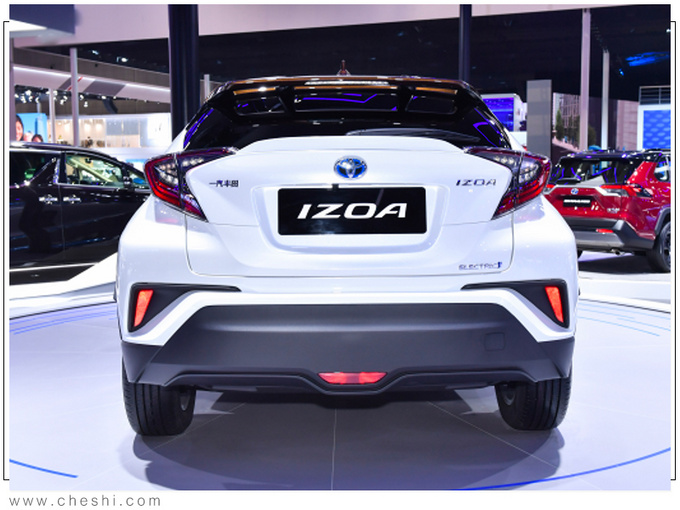FAW Toyota adds 320,000 new energy production capacity and pushes Yize pure electric vehicles
Toyota has accelerated the launch of new energy vehicles in 2019. At the Tokyo Motor Show in October, pure fuel vehicles were no longer visible on the booth, and many pure electric and hydrogen fuels became the protagonists. In China, Toyota has released two new models of Yize pure electric and C-HR pure electric through two joint ventures, and is constantly expanding its factory to prepare for the production of electric vehicles. According to the Tianjin Ecological Environment Bureau,Two new energy expansion projects are under construction, with a capacity of 120,000/year and 200,000/year respectively. After completion, a variety of new cars such as Yize pure electric/plug-in hybrid and Asia Dragon plug-in hybrid will be put into production.

1. FAW Toyota Tianjin Xinyi Factory
Annual capacity of new energy vehicles: 120,000
Production models: Yize pure electric, Yize plug-in hybrid, Asian dragon plug-in hybrid



Yize pure electric is the first pure electric model launched by FAW Toyota and is expected to be officially launched in May this year. The new car is not much different from the gasoline version in appearance, only in the appearance package and logo.According to the EIA information, the new carAdjustments have been made to the instrument panel, central trend, trim panel, central control panel, central display size, dial size and interior color scheme.

In terms of configuration, compared to the gasoline versionThe difference is LED headlights, multimedia display, audio, radio, reversing induction radar, tire pressure monitoring system, seat/steering wheel heating lamp, etc., the overall change is not big. In terms of power, Yize pure electric uses a motor with a maximum power of 150kW and a maximum torque of 300N.mThis figure exceeds that of many competing joint ventures in the Mitsubishi Qizhi EV, Honda VE-1 and Kia KX3 EV.The battery energy density used in this vehicle is 131Wh/kg, and the power consumption is only 13.1 kWh/100km.
In addition to the pure electric version, Yize will also launch a plug-in hybrid version, and the planned production capacity of 66,040 vehicles/year, which is the main product of the factory in the future. FAW Toyota’s existing models, only the previous generation of Corolla launched the PHEV version. Since Yize and Corolla are similar in positioning, they are both entry-level products. It is expected that Yize PHEV will also use the same 1.8L hybrid system, which will greatly improve the starting speed and fuel consumption performance.

At present, the new factory line is also putting into production FAW Toyota’s flagship car, the Asian Dragon, with 2.0L self-priming, 2.5L self-priming and 2.5L hybrid three kinds of power. The Asian Dragon will add plug-in hybrid models, with an annual production capacity of 44,000 vehicles. Toyota recently released a new RAV4 PHEV version overseas. It is expected that the domestic Asian Dragon PHEV will use the same 2.5L PHEV system. The power is stronger than the current 2.5L gasoline-electric hybrid version, and the fuel consumption is expected to be lower than 3L/100km.
2. The new factory in Tianjin
Annual capacity: 200,000
Production model: new pure electric

In early March, FAW Toyota was revealed to be building a new new energy vehicle factory with a planned annual production capacity of 200,000 vehicles, which will be put into production of new pure electric vehicles. According to former FAW Toyota insiders, FAW Toyota has been accelerating the introduction of new products based on Toyota’s TNGA architecture in recent years, and the main task of the original factory is to meet the needs of this part of the production capacity. The new models that will be put into production in the new factory in the future will not be limited to the concept of Toyota’s TNGA architecture, but will be put into production based on electrified platform products, and more than one.
According to Toyota’s global strategy, 10 pure electric vehicles will be launched one after another from 2020, six of which are global models based on the e-TNGA architecture. For the Chinese market, Toyota has also said that it will launch 10 electrified products by 2025. At present, the production capacity of the two joint ventures is close to saturation, and new factories/production lines are urgently needed to meet the production capacity of these new models. In addition, some industry experts speculate that the new factory may put into operation the pure electric vehicles developed by Toyota and BYD.